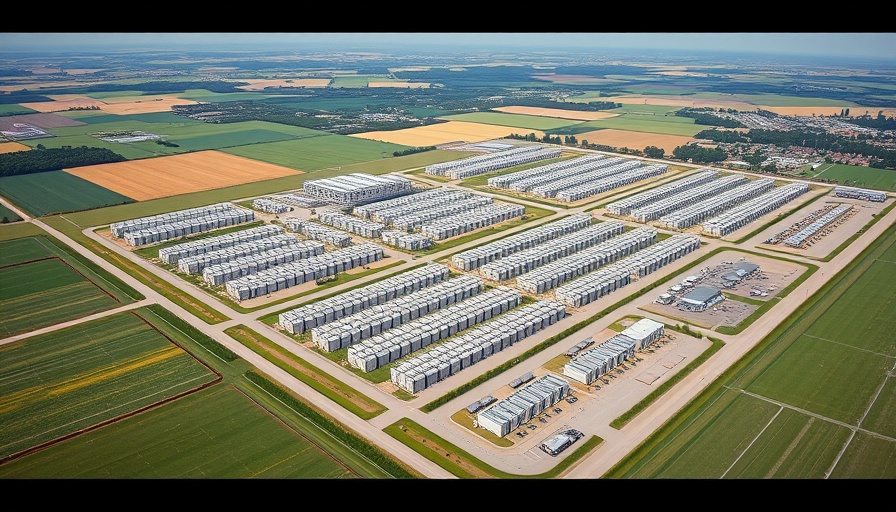
The Tragic Incident at Medina County Data Center
The construction industry continually pushes the boundaries of innovation and infrastructure, yet the reality is that it often comes with significant risks. On October 9, 2025, that reality hit hard when a worker tragically lost his life at a data center construction site in Medina County, Texas. Maurice McGowan, a 28-year-old subcontractor working with Turner Construction, died after being struck by an articulating truck, a grim reminder of the dangerous conditions that can arise in large-scale projects.
Understanding the Context of Construction Safety
Construction sites are bustling environments where machinery operates around the clock to meet demanding timelines and budgets. However, they are also fraught with hazards. According to research from the Occupational Safety and Health Administration (OSHA), the construction industry faces one of the highest rates of workplace fatalities in the United States. In such high-stakes scenarios, employee safety must be prioritized, not just as a regulatory requirement but as a moral imperative. Dan McNary, chief data center officer at Rowan Digital Infrastructure, emphasized this sentiment, stating, “Safety is always our highest priority.”
The Immediate Aftermath and Ongoing Investigations
Following the tragic incident, all work at the site was immediately halted as local authorities launched an investigation. Turner Construction expressed their profound sympathy to the victim's family and committed to facilitating a thorough examination to uncover the circumstances leading to the accident. This step is crucial not only for justice but also to prevent future tragedies. Such full-scale reviews ensure that protocols can be revised and enhanced, safeguarding the lives of other workers in the future.
A Closer Look at Data Center Construction Trends
The incident took place at a site owned by Rowan Digital Infrastructure, which aims to transform cybersecurity and data storage capabilities across the nation. As technology evolves, so too does the demand for data centers. In recent years, the push for energy efficiency and sustainability has redefined construction practices in this sector. With an estimated investment exceeding $85 billion in upcoming projects, understanding and implementing robust safety measures is essential for contractors to thrive amidst changing market dynamics.
The Human Cost Behind Construction Projects
Each statistics-intensive report coming out of the construction field sometimes overlooks the personal stories that lie behind them. Maurice McGowan's untimely passing is a grim reminder of the human cost associated with construction projects. In a field where teams often work long hours under physical and emotional stress, incidents like these underline the need for robust mental health support and training initiatives focused on hazard awareness and prevention.
Lessons Learned: Enhancing Safety Protocols
This tragedy presents an occasion for reflection, urging the industry to reassess risk management practices. By adopting enhanced training programs and rigorous safety evaluations, companies can better prepare their workforce for the hazards posed by operating heavy machinery. Furthermore, establishing a culture of safety must involve open communication between management and labor, where workers feel empowered to voice concerns without fear of repercussion.
Call to Action: Advocate for Safer Workplaces
The construction industry stands at a crossroads, pushed by demand but tempered by the need for safety. As individuals interested in the broader impacts of the construction sector, now is the time to advocate for better safety protocols. Whether through professional organizations or community outreach, every voice can contribute to creating a safer working environment for construction workers everywhere.
In conclusion, reflecting on the life of Maurice McGowan reminds us that behind every construction project are real people with families and dreams. As we pursue advancements in technology and infrastructure, let's commit to protecting those who turn these visions into reality.
 Add Row
Add Row  Add
Add 




Write A Comment